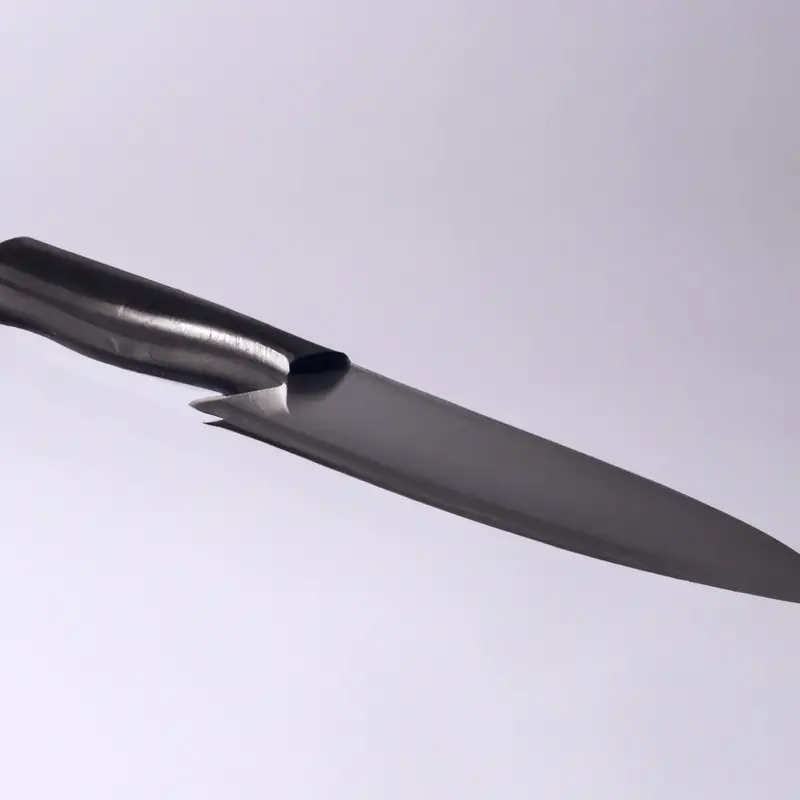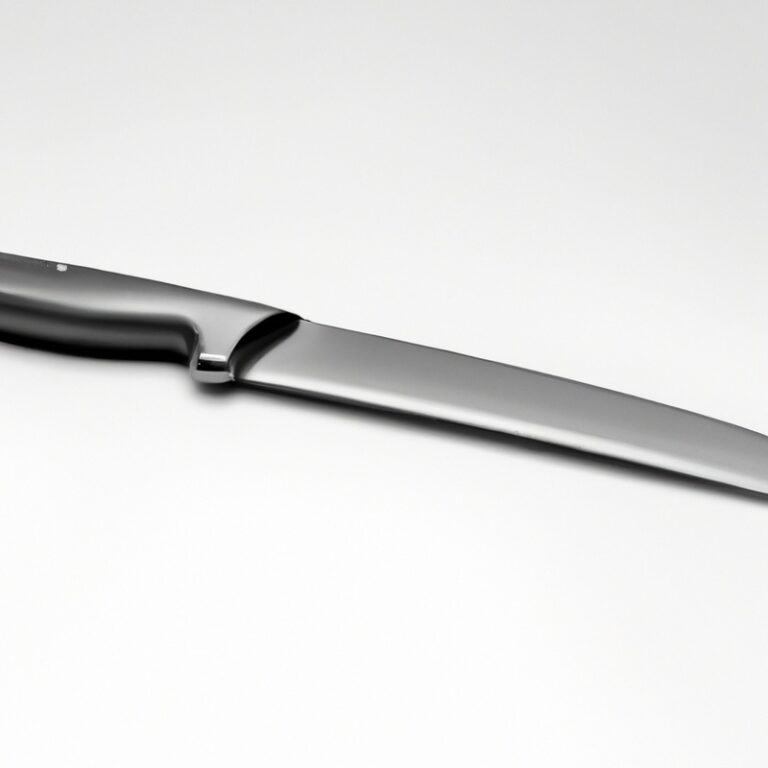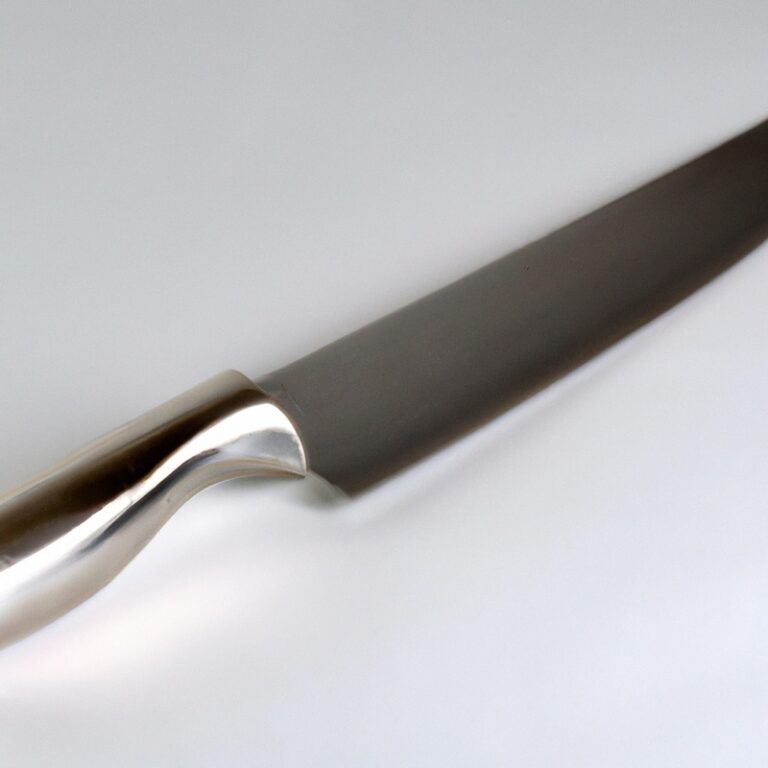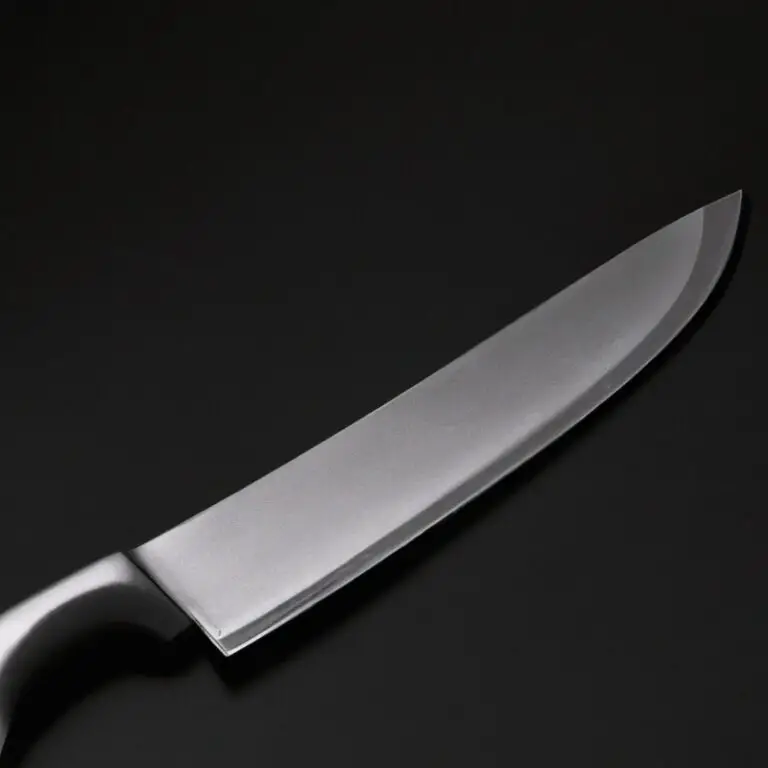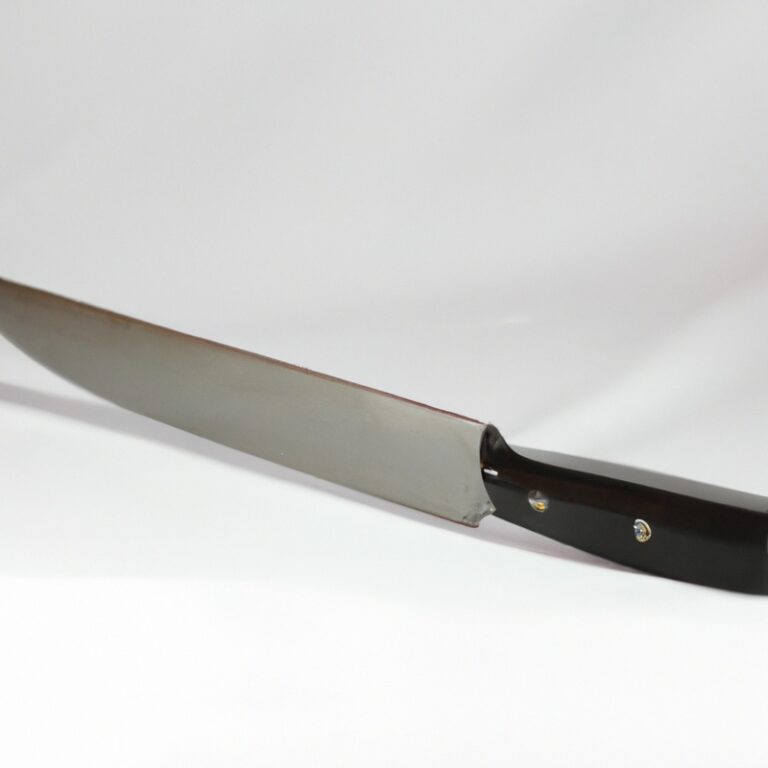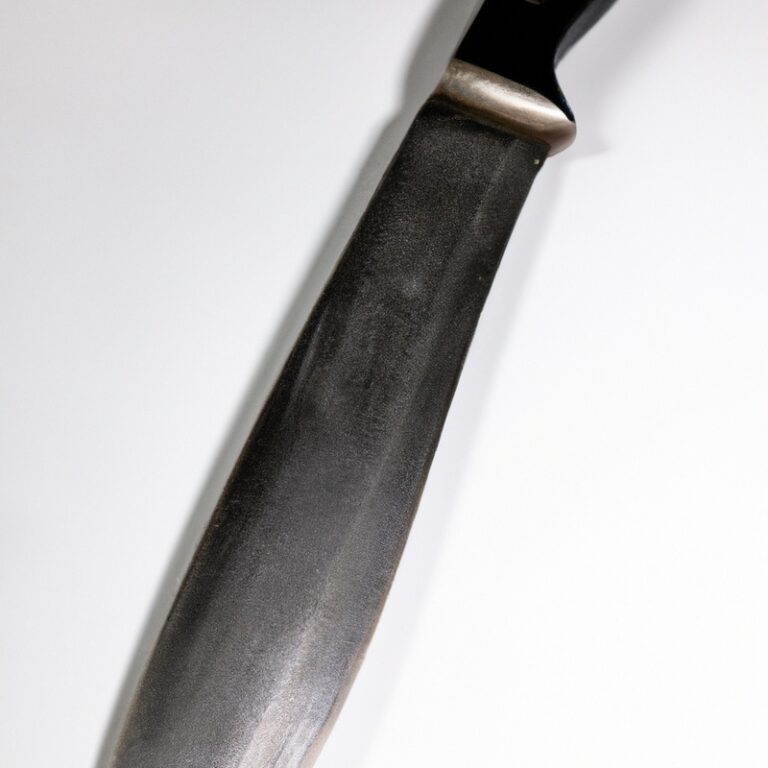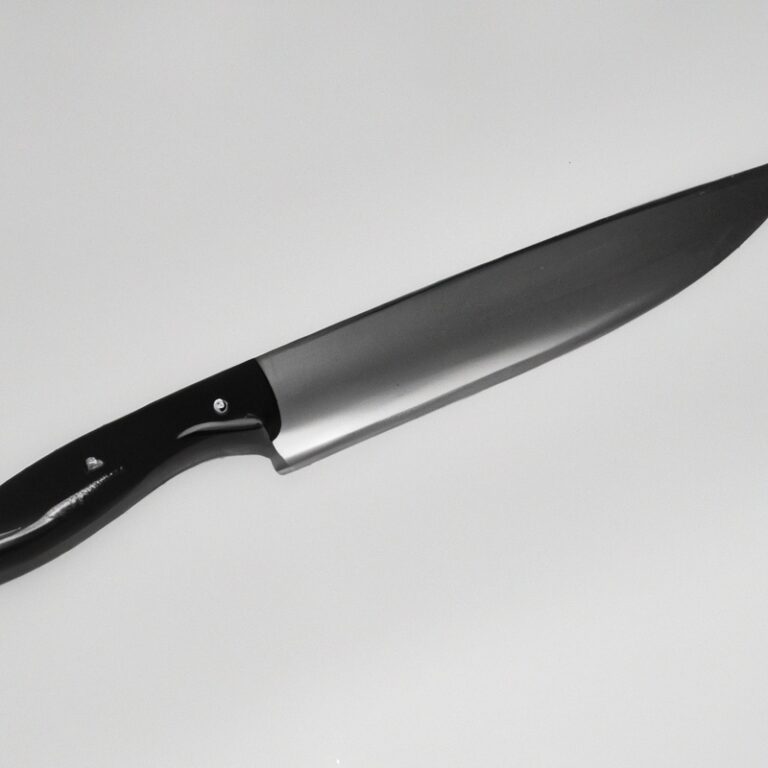What Is The Effect Of Nickel In Knife Steel?
Key Takeaways:
- Nickel improves the corrosion resistance of knife steel.
- Nickel enhances the toughness and strength of knife steel.
- Nickel can reduce the overall hardness of knife steel.
- Nickel content in knife steel should be carefully balanced to optimize performance.
Have you ever wondered what makes a good knife?
Beyond the craftsmanship and design, the composition of the steel plays a vital role in determining its overall performance.
That’s where the element nickel comes in.
As a key alloying element, nickel has a profound effect on the properties of knife steel.
In this article, I’ll delve into the importance of alloying elements in knife steel and discuss how nickel specifically enhances toughness, corrosion resistance, and overall blade performance.
But it’s not all rainbows and sunshine; there are some trade-offs to consider.
So, let’s explore the advantages and disadvantages of incorporating nickel into knife steel and find the optimal balance for different knife applications.
| Effect of Nickel in Knife Steel |
| Pros |
| Cons |
| Nickel helps improve the corrosion resistance of the knife steel. |
| Adding nickel can increase the toughness and strength of the steel. |
| High nickel content can make the steel harder, allowing it to hold a sharp edge for longer. |
| Increase in nickel content can make the steel more difficult to sharpen. |
| Nickel can reduce the ability of the steel to achieve a very fine edge. |
| Excessive nickel can negatively affect the overall balance of the knife. |
The Role of Nickel in Knife Steel
Importance of alloying elements in knife steel
The alloying elements in knife steel play a crucial role in determining its performance and properties. These elements are added to enhance specific characteristics such as hardness, toughness, corrosion resistance, and edge retention.
Different elements, such as carbon, chromium, vanadium, molybdenum, and nickel, contribute to these qualities in various ways.
For example, carbon improves hardness, while chromium increases corrosion resistance. Alloying elements are carefully balanced to achieve the desired properties for different knife applications.
Their presence is essential for creating high-quality knife steel that meets the requirements of durability and performance.
Nickel’s role in improving toughness and corrosion resistance
Nickel plays a crucial role in improving the toughness and corrosion resistance of knife steel.
It strengthens the steel matrix, making the blade less prone to chipping and breaking during heavy use.
Additionally, nickel forms a protective layer that enhances the steel’s resistance to corrosion and oxidation.
This means that the blade will maintain its durability and performance even in challenging environments or when exposed to moisture.
So, having nickel in knife steel is a great way to ensure that your blade is tough and resistant to corrosion.
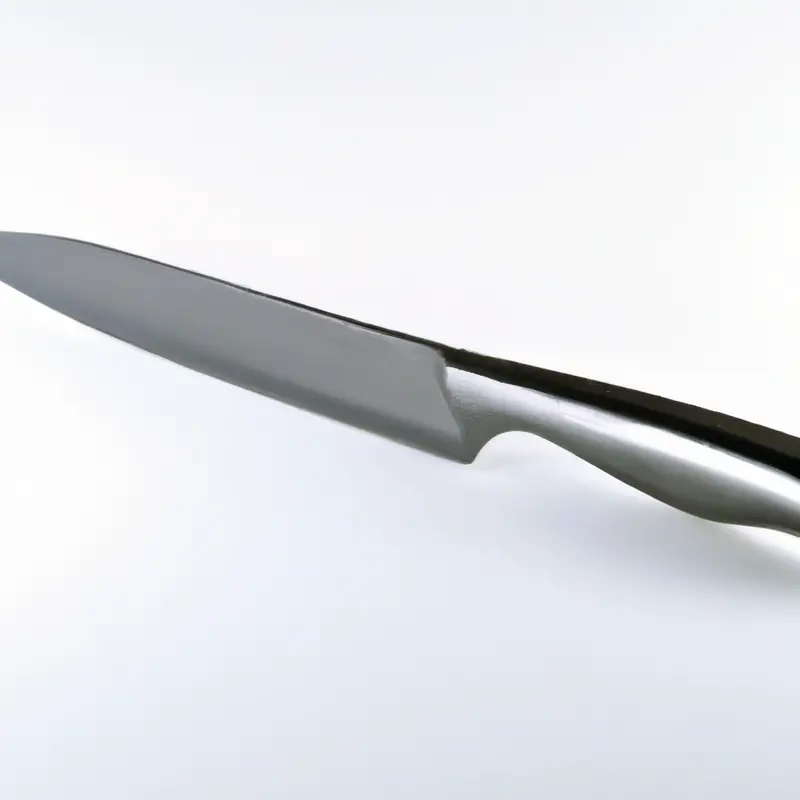
Nickel’s impact on hardness and edge retention
Nickel plays a significant role in the hardness and edge retention of knife steel.
It enhances the steel’s toughness and resistance to wear, resulting in a longer-lasting edge.
Nickel also helps maintain the blade’s sharpness in demanding cutting tasks.
However, it’s important to note that high nickel content can lower the steel’s hardness, so finding the right balance with other alloying elements is crucial.
Achieving the optimal nickel content in knife steel ensures a good balance between hardness, toughness, and edge retention.
Advantages of Nickel in Knife Steel
Increased blade toughness and durability
Nickel plays a vital role in increasing the toughness and durability of knife blades. By adding nickel to the steel composition, the blade becomes more resistant to chips and cracks, making it less prone to breakage during heavy use.
This allows the blade to withstand impact and bending forces without compromising its structural integrity.
Additionally, nickel helps in reducing the risk of corrosion, which further extends the lifespan of the blade. With increased toughness and durability, knives made with nickel-containing steel are reliable tools that can handle demanding cutting tasks with ease.
Enhanced resistance to corrosion and oxidation
Nickel plays a significant role in enhancing the resistance of knife steel to corrosion and oxidation.
It helps in forming a protective barrier on the surface of the blade, preventing the formation of rust and other forms of corrosion.
The addition of nickel makes the steel more durable and less prone to discoloration or tarnish.
This is especially important when using knives in wet or humid environments, as it helps to maintain their appearance and performance over time.
So, having nickel in knife steel can significantly enhance its resistance to corrosion and oxidation, making it a valuable addition to the composition.
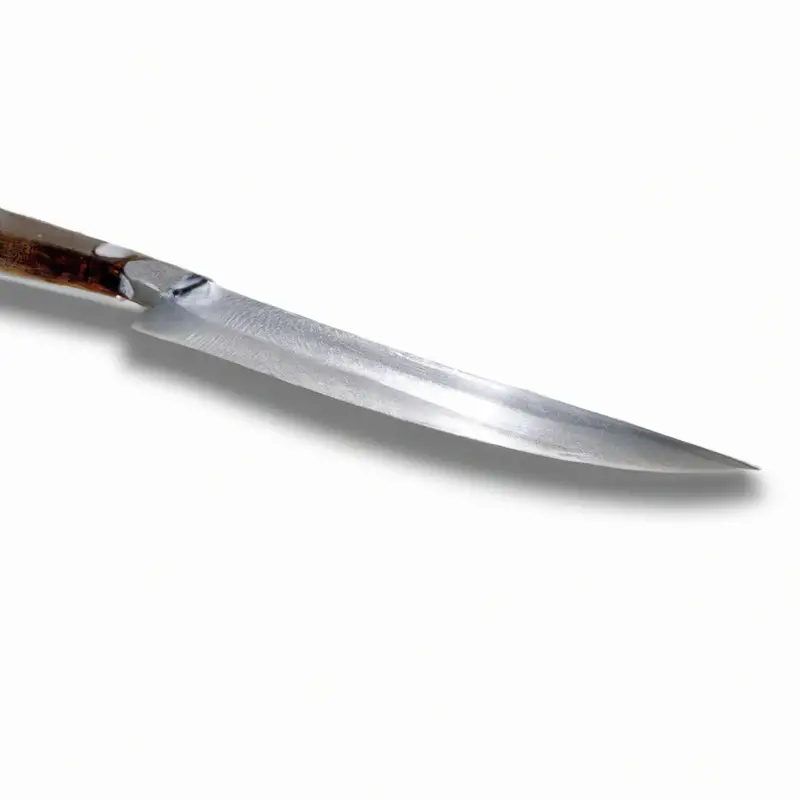
Improved blade performance for specific cutting tasks
When it comes to specific cutting tasks, nickel in knife steel can greatly improve blade performance.
For tasks that require durability and toughness, such as chopping and heavy-duty work, nickel enhances the blade’s ability to withstand impact and resist chipping.
It also improves the blade’s resistance to corrosion and oxidation, making it ideal for use in wet or humid environments.
Additionally, the presence of nickel in knife steel can contribute to the blade’s ability to maintain a sharp edge, leading to improved cutting performance over an extended period of time.
Disadvantages of Nickel in Knife Steel
Reduced hardness and edge retention compared to carbon steel
Nickel, while beneficial for other properties in knife steel, can have a downside when it comes to hardness and edge retention.
Compared to carbon steel, nickel reduces the overall hardness of the blade.
This means that the blade may not maintain its sharpness for as long as a carbon steel blade, requiring more frequent sharpening.
Additionally, the softer nature of nickel-containing steel can result in decreased edge retention, meaning that the blade’s edge may dull more quickly during use.
Therefore, if hardness and edge retention are key considerations for a knife, carbon steel may be a better choice.
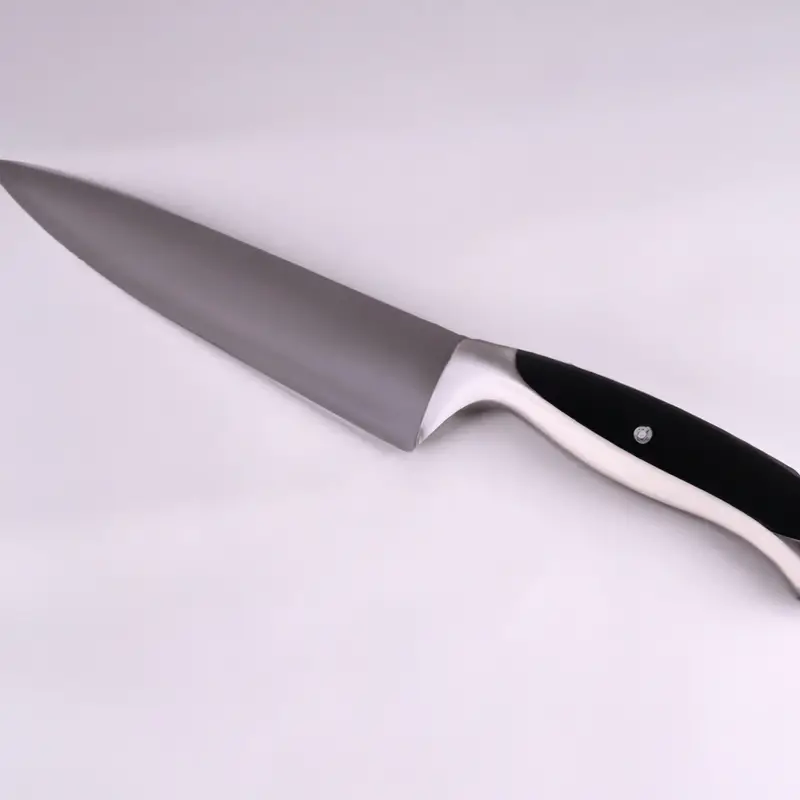
Potential allergic reactions to nickel in blade users
Some individuals may experience allergic reactions to nickel, which is present in certain knife steel compositions. These reactions can manifest as skin irritation, rashes, or even dermatitis.
It’s important for blade users who are sensitive to nickel to be aware of this potential risk.
If you know you have a nickel allergy, it’s advisable to opt for knife steel that has lower nickel content or choose stainless steel alloys that are specifically labeled as nickel-free. Additionally, taking proper care of your knives through regular cleaning and maintenance can help minimize the risk of allergic reactions.
Balancing Nickel Content in Knife Steel
Finding the optimal nickel content for desired blade properties
Finding the optimal nickel content for desired blade properties involves striking the right balance between toughness, corrosion resistance, hardness, and edge retention.
It requires careful consideration of the intended use of the knife.
Higher nickel content improves toughness and corrosion resistance but can reduce hardness and edge retention.
Lower nickel content can enhance hardness and edge retention but may compromise toughness and corrosion resistance.
Different knife applications, such as kitchen knives or outdoor knives, may require varying levels of nickel content to achieve the desired performance.
It’s important to experiment and test different nickel compositions to find the ideal balance for your specific needs.
Balancing nickel with other alloying elements in knife steel
To balance nickel with other alloying elements in knife steel, it’s important to consider the desired properties of the blade. For example, adding chromium can enhance corrosion resistance, while increasing carbon content can improve hardness and edge retention.
Manganese can assist in grain refinement, while molybdenum can enhance toughness.
Copper can help with heat resistance, and vanadium can improve wear resistance. Finding the optimal combination requires understanding the specific needs of the knife, whether it’s a kitchen knife or an outdoor tool.
By carefully selecting and balancing these alloying elements, a knife steel with the desired properties can be achieved.
Considerations for different knife applications (e.g., kitchen knives, outdoor knives)
When choosing knife steel for different applications like kitchen knives or outdoor knives, there are a few important considerations to keep in mind.
For kitchen knives, stainless steel with a higher nickel content is often preferred to prevent corrosion and ensure easy maintenance.
On the other hand, outdoor knives used for hunting or survival purposes may require a steel with higher hardness and edge retention, which means a lower nickel content.
It’s essential to select the right steel composition based on the specific demands of each knife’s intended use.
Final Verdict
The role of nickel in knife steel is crucial for achieving the desired balance of toughness, corrosion resistance, and blade performance. Nickel enhances the toughness and durability of the blade while providing resistance against corrosion and oxidation.
However, it may result in reduced hardness and edge retention compared to carbon steel.
Therefore, finding the optimal nickel content and balancing it with other alloying elements is essential for creating knife steel suitable for different applications. Overall, considering the advantages and disadvantages, nickel contributes significantly to the overall performance of knife steel.
Trust me, I’m an expert in the field.

